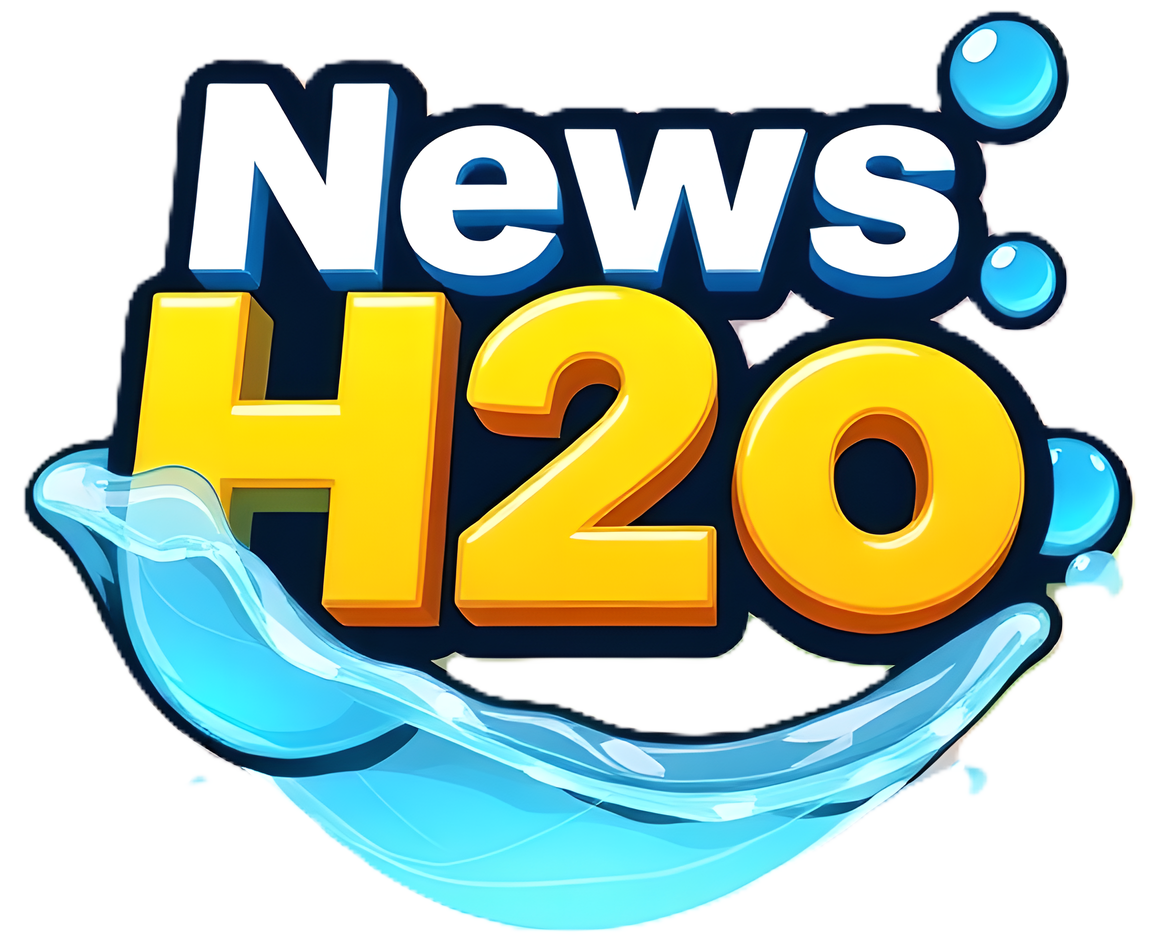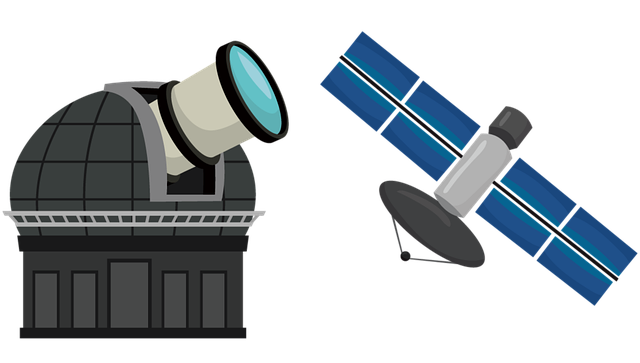Trump claims satellite images show ‘monumental damage’ at Iranian nuclear sites – but is that true?published at 13:46 British Summer Time
Benedict Garman
BBC Verify senior journalist
 Image source, Reuters
Image source, Reuters
Donald Trump took to his Truth Social earlier today, external to claim that “Monumental Damage was done to all Nuclear sites in Iran, as shown by satellite images. Obliteration is an accurate term!”
At BBC Verify, we’ve had access to many high resolution and detailed satellite images from companies like Maxar and Planet Labs, which have enabled us to estimate what was struck, where, and how many times.
But because of the nature of the so-called ‘bunker buster’ bombs used by the US military – they detonate deep underground, rather than near the surface – it’s not clear from satellite imagery alone how much damage was done to their subterranean targets.
President Trump’s own military chiefs have been open about this.
When asked about a damage assessment, external, Gen Dan Caine, chairman of the Joint Chiefs of Staff, said: “It would be way too early for me to comment on what may or may not still be there.”
Meanwhile, Rafael Mariano Grossi, the head of the International Atomic Energy Agency (IAEA), has said “At this time, no one, including the IAEA, is in a position to have fully assessed the underground damage at Fordo”.
But he also said: “Given the explosive payload utilised and the extreme vibration-sensitive nature of centrifuges, very significant damage is expected to have occurred.”
Defence analysts we’ve consulted have echoed these sentiments. Analysts at Janes, a defence intelligence company, tell us that the only people who will be able to ascertain how much damage has occurred at those sites are “on the ground in Iran”.
“And even they will likely not know until they’ve sifted through the rubble.”
CCTV footage shows notorious Tehran prison targeted in Israeli strikespublished at 13:08 British Summer Time
 Shayan Sardarizadeh
Shayan Sardarizadeh
BBC Verify senior journalist
 Image source, X
Image source, X
CCTV footage of the Israeli strike on Evin prison in Tehran shows large plumes of smoke at the entrance
One of the entrances to the notorious Evin prison in Tehran was hit in a series of Israeli strikes targeting the Iranian capital today.
CCTV footage authenticated by BBC Verify, also shared by Iranian media and Israel’s foreign minister Giden Sa’ar, external, shows a blast at one of the entrance doors of the prison.
The sign above the entrance identifies it as Evin prison, which is located in north Tehran and is a familiar site to the residents of the capital.
Many political activists, critics and journalists have been imprisoned there.
A second video, published by Iranian state TV, shows substantial damage to the prison in the aftermath of the blast, with emergency workers sifting through piles of rubble and attending to a number of people injured in the strike.
While confirming the attack, Iranian authorities have swiftly moved to clarify that they maintain full control of the prison.
AI fakes gain traction following US strikespublished at 12:43 British Summer Time
 Shayan Sardarizadeh
Shayan Sardarizadeh
BBC Verify senior journalist
 Image source, X
Image source, X
The wave of misinformation about the Iran-Israel conflict that we reported on over the weekend is showing no signs of subsiding.
One widely circulated image following the US strikes on Iranian nuclear facilities claimed to show an American B-2 bomber after crashing or being shot down in Iran.
But the image has some typical errors consistent with AI generation.
For example, one emergency worker at the bottom left is seemingly merging with the background.
Another AI generated video featuring an allegedly downed B-2 jet, which has been widely circulated on TikTok, shows three soldiers disproportionately bigger than the plane.
According to the US government, all the B-2 bombers used in the bombing of Iran’s nuclear sites returned to the US.
Satellite images and decoy planes: Behind the US attacks on Iranpublished at 12:21 British Summer Time
 Merlyn Thomas
Merlyn Thomas
BBC Verify senior reporter
It took months of planning and included over 125 planes, a submarine and 14 “bunker buster” bombs.
Here, I take you through how the US mission “Operation Midnight Hammer” took place and analyse satellite imagery that reveals the damage at Iran’s nuclear sites Isfahan, Natanz and Fordo.
Satellite images and decoy planes: Behind the US attack on Iran
What Iranians are doing to get online – despite restrictionspublished at 11:53 British Summer Time
 Kumar Malhotra
Kumar Malhotra
BBC Verify senior journalist
 Image source, EPA
Image source, EPA
Iranian authorities lifted a longstanding ban on WhatsApp in December 2024, but users report that access to the popular messaging app has again been restricted in some areas
As we mentioned earlier, here at BBC Verify we’re relying heavily on social media posts to find out what’s happening in Iran, but the authorities there are increasingly restricting access to the internet.
Both mobile and fixed-line access has been disrupted for some days, according to the web monitoring group, Netblocks, with only a slight restoration in connectivity on Saturday.
For many Iranians, a way around long-standing restrictions the government has imposed on social media platforms like X, Facebook and YouTube has been to use VPNs (virtual private networks).
But even access to these VPNs is now being heavily obstructed. VPNs encrypt your data and connect you to a remove server – usually abroad – so it looks like you’re online from a different country.
Netblocks says a “handful” of users are still able to get online with “multi hop” VPNs, meaning your online activity is routed through several different remote servers. But they say the authorities are continuing to find ways to detect VPN traffic, so that even these are sometimes disrupted.
State TV warned Iranians last week against using WhatsApp and Instagram, claiming that Israel had access to the personal data of Iranian users and was using it to target them. Meta, which owns both platforms, denied this was the case.
Lower energy costs for businesses expected in government planpublished at 11:20 British Summer Time
 Anthony Reuben
Anthony Reuben
BBC Verify senior journalist

We’re expecting the UK government to announce its 10-year industrial strategy later, which will include a plan to make energy cheaper for selected businesses.
It is expected to cut energy bills for more than 7,000 UK businesses by exempting them from certain extra charges that currently support green energy.
At the moment, the UK has the most expensive electricity for industrial users in Europe, as the chart above shows, driven by high wholesale costs and also policy costs, including things like green levies.
Businesses say this makes it harder for them to compete internationally.
The electricity plan will be among a series of measures that the government hopes will boost growth.
We’ll be keeping across the government’s announcement, but in the meantime, you can read more about it here.
What we can learn from satellite images of US strikes on Iranpublished at 11:02 British Summer Time
Benedict Garman & Sebastian Vandermeersch
BBC Verify
 Image source, Maxar
Image source, Maxar
A satellite image of the Natanz nuclear site, after US attacks
High resolution satellite images released by Maxar Technologies have given us an overview of damage at two more nuclear facilities targeted by the US: Isfahan and Natanz.
The Isfahan site had already been partly destroyed by Israel before the US attack over the weekend, but satellite photos from Sunday show extensive new destruction – black scorch marks, multiple collapsed buildings, and debris throughout the complex.
Satellite images also show two craters at the Natanz enrichment facility.
We know that two underground facilities were targeted by comparing these recent images and the locations of the craters and the debris with images from 2003, which show the Natanz structures uncovered, before it was buried.
These kinds of crater are consistent with those seen at the Fordo nuclear site, where the US also deployed its GBU-57 “bunker buster” bombs which penetrate deeply before detonating.
Natanz had also been struck by Israel before.
 Image source, Maxar
Image source, Maxar
The Isfahan site, seen after the US attacks
How we’re tracking developments in Iran-Israel conflictpublished at 10:34 British Summer Time
 Emma Pengelly
Emma Pengelly
BBC Verify journalist
 Image source, EPA
Image source, EPA
Iranians wave national flags during a demonstration in Tehran, Iran, on Sunday
As we’ve been reporting, overnight on Saturday the US confirmed it had bombed three nuclear sites in Iran in an operation that it says was months in the planning.
Among the key outstanding questions are:
- How much damage was inflicted on the sites targeted?
- And how will Iran respond?
We’ll be monitoring user-generated content appearing on social media and satellite imagery for further developments.
After the US attack, Israel and Iran continued to exchange fire on Sunday. In Yazd, central Iran, we verified a video of large explosions. According to Islamic Revolutionary Guard Corps (IRGC)-affiliated Tasnim news agency, nine people were killed in the attack.
The amount of footage coming out of Iran remains relatively sparse. BBC journalists are unable to report from inside Iran due to restrictions by the country’s government, making it difficult to assess the damage.
Also, with internet monitoring organisation Netblocks continuing to report, external an ‘internet shutdown’ in the country, access to social media videos and images has been very limited.
ICYMI: Satellite images of Iran show craters at Fordo after US bombingpublished at 10:08 British Summer Time
Benedict Garman
BBC Verify senior journalist
 Image source, Maxar
Image source, Maxar
Satellite imagery that we looked at on Sunday shows the aftermath of US strikes on Iran’s underground nuclear enrichment facility at Fordo.
High-resolution images from Maxar Technologies taken 22 June show six craters – likely the entry points for US munitions – as well as grey dust and debris scattered down the mountainside caused by the strikes.
 Image source, Maxar
Image source, Maxar
We previously wrote about the type of “bunker buster” munitions required for a strike on a deep underground facility like this: a bomb called a Massive Ordnance Penetrator (MOP). On Sunday, the Pentagon confirmed they were used as part of its operation.
Senior imagery analyst at McKenzie Intelligence Services, Stu Ray, told BBC Verify: “You will not see a huge blast effect at the entry point as it is not designed to detonate on entry but deeper down into the facility.”
He added that it looks like three separate munitions were dropped on two separate impact points, and that the grey colouration on the ground appears to show concrete debris blown out by the explosions.
Ray also said the tunnel entrances appear to have been blocked off. As there are no visible craters or impact points near them, he suggests this may have been an Iranian attempt to “mitigate against deliberate targeting of the entrances by aerial bombardment”.
It’s uncertain how much damage the strikes have caused to the nuclear site itself. In the days leading up to the strike, Iran seem to have been taking actions to anticipate them, as we reported earlier.
Monday at BBC Verifypublished at 09:56 British Summer Time
 Johanna Chisholm
Johanna Chisholm
BBC Verify Live editor
Good morning from the team in the BBC’s newsroom in London.
You join us more than 24 hours after it was confirmed that the US had carried out strikes on Iranian nuclear sites. This coming more than a week after the conflict between Israel and Iran escalated.
We spent Sunday analysing satellite images, which begin to show the damage from those US strikes – we’ll bring you more of that in our next few posts.
We’re continuing to track developments in the Middle East today, as we try to get a clearer picture of how those strikes have impacted Iran’s nuclear programme.
Our fact-check team is also across the government’s new 10-year industrial strategy – which could see energy bills slashed by up to 25% for more than 7,000 UK businesses – and is set to be unveiled later today.




